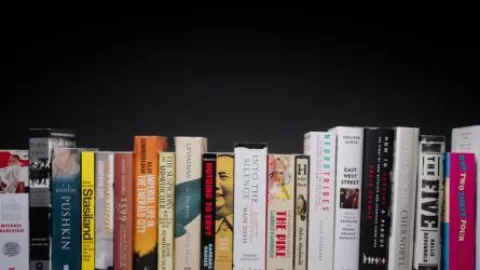
The Prize Celebrates 25th Anniversary With Winner of Winners Award
19 January 2023
The Legacy of Autism and How to Think Smarter About People Who Think Differently
Steve Silberman
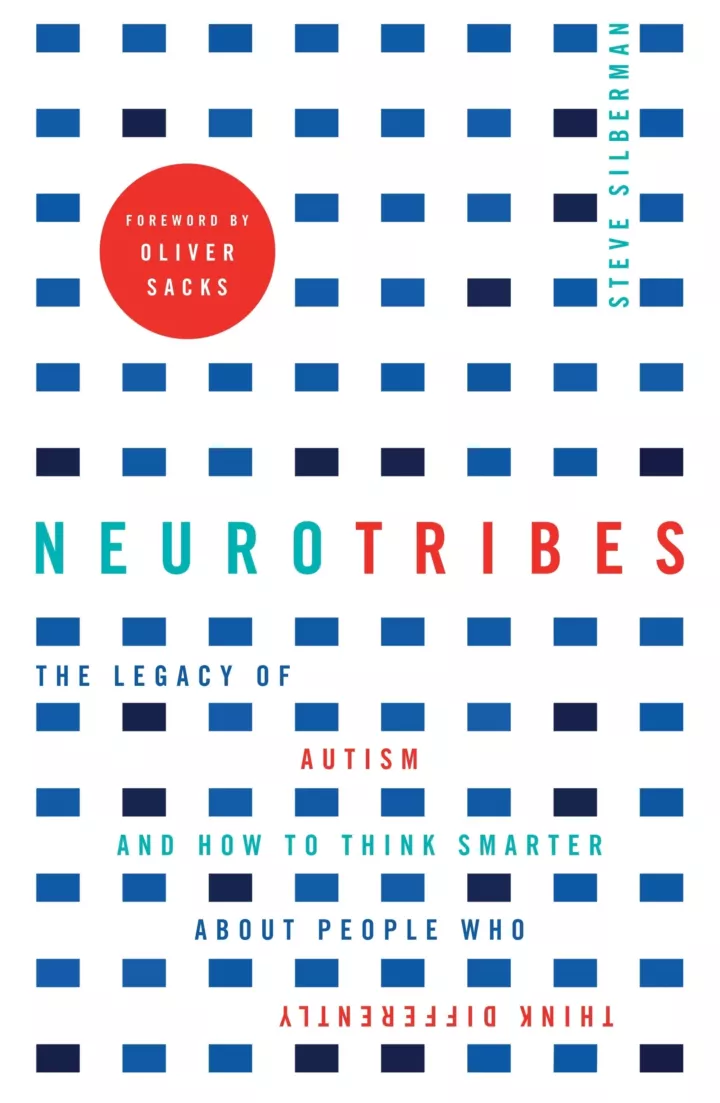
What is autism: a devastating developmental condition, a lifelong disability, or a naturally occurring form of cognitive difference akin to certain forms of genius? In truth, it is all of these things and more - and the future of our society depends on our understanding it.
Following on from his groundbreaking article 'The Geek Syndrome', Wired reporter Steve Silberman unearths the secret history of autism, long suppressed by the same clinicians who became famous for discovering it, and finds surprising answers to the crucial question of why the number of diagnoses has soared in recent years.
Going back to the earliest autism research and chronicling the brave and lonely journey of autistic people and their families through the decades, Silberman provides long-sought solutions to the autism puzzle, while mapping out a path for our society toward a more humane world in which people with learning differences have access to the resources they need to live happier and more meaningful lives.
Along the way, he reveals the untold story of Hans Asperger, the father of Asperger's syndrome, whose 'little professors' were targeted by the darkest social-engineering experiment in human history; exposes the covert campaign by child psychiatrist Leo Kanner to suppress knowledge of the autism spectrum for fifty years; and casts light on the growing movement of 'neurodiversity' activists seeking respect, technological innovation, accommodations in the workplace and education, and the right to self-determination for those with cognitive differences.
What the judges said"Neurotribes is tour de force of archival, journalistic and scientific research, both scholarly and widely accessible.”

Steve Silberman is an award-winning investigative reporter and has covered science and cultural affairs for Wired and other national magazines for more than twenty years. His writing has appeared in The New Yorker, TIME, Nature and Salon.
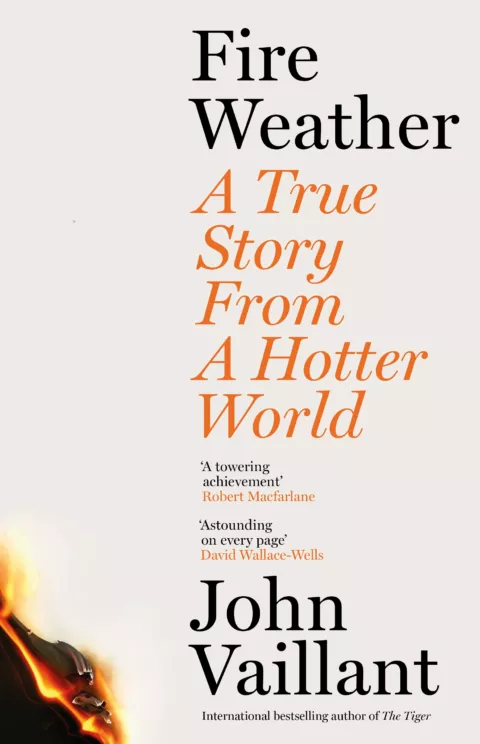
Winner
John Vaillant
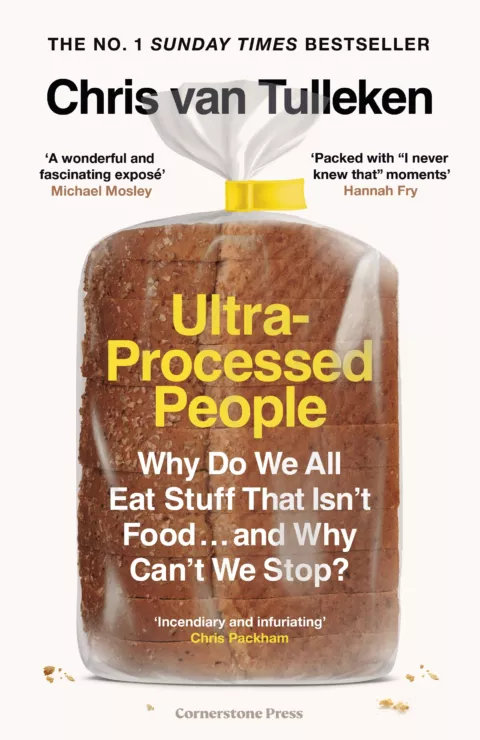
Longlist
Chris van Tulleken
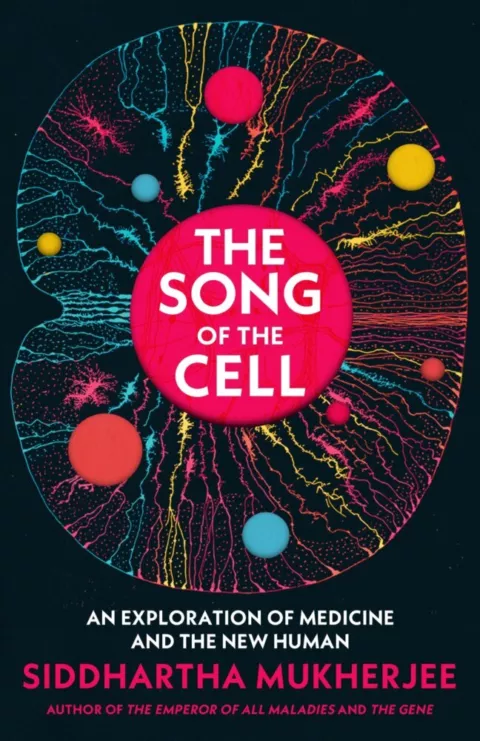
Longlist
Siddhartha Mukherjee
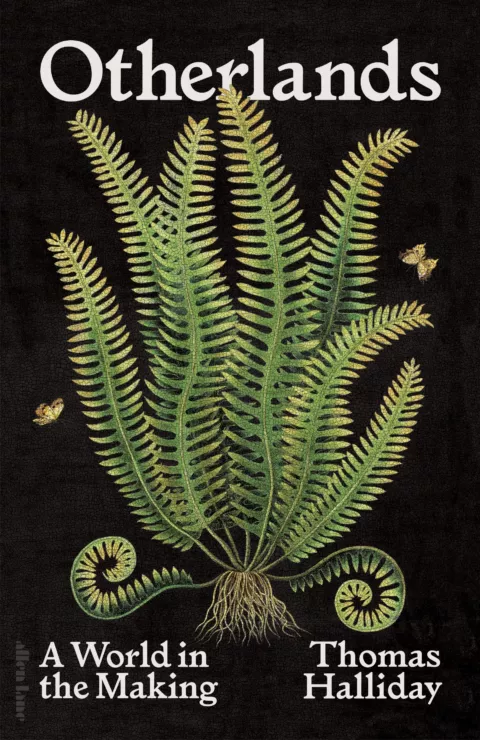
Longlist
Thomas Halliday